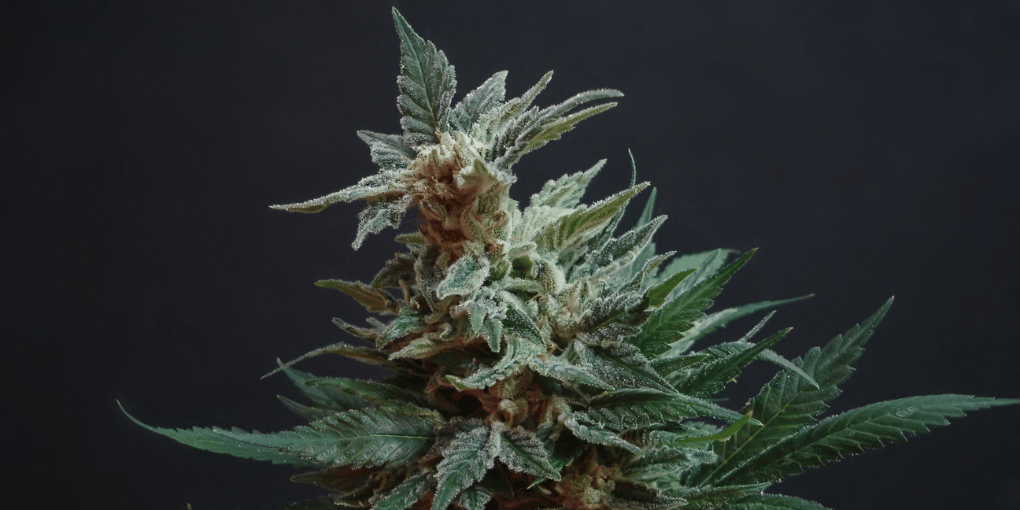Terpenes, aromatic compounds found in various plants, play a crucial role in defining the unique scents of flowers, fruits, and herbs. These organic hydrocarbons (organic compounds composed solely of hydrogen and carbon atoms) contribute not only to the fragrance but also to the potential therapeutic properties of plants. In the realm of cannabis, terpenes are a fascinating component that goes beyond just scent. Let’s delve into the definition of cannabis terpenes, exploring their diversity and significance.
Contents
Cannabis Terpenes Defined
Terpenes are a large and diverse class of organic compounds produced by various plants, not just cannabis. They are responsible for the distinctive scents and flavours associated with different plant species. Terpenes serve several functions in plants, including attracting pollinators (bees, butterflies), deterring herbivores (animals that primarily consume plants as their main source of nutrition), and protecting against pathogens.
Terpenes in cannabis originate from the resin glands of the cannabis plant. These terpenes are responsible for the distinctive aromas and flavours associated with different cannabis strains. Comprising a vast array, each terpene carries its own set of potential effects and therapeutic benefits. From the citrusy notes of limonene to the earthy tones of myrcene, these compounds contribute to the entourage effect, enhancing the overall impact of cannabinoids.
Entourage Effect: The entourage effect is a phenomenon that occurs when the various compounds within the cannabis plant, such as cannabinoids, terpenes, and flavonoids, work together synergistically to enhance the overall effects. This collaborative interaction is believed to produce a more profound impact than the effects of each compound in isolation.

The Role of Cannabis Terpenes in Defining Quality
Cannabis terpenes play a pivotal role in determining the “character” of cannabis strains. Beyond contributing to the plant’s distinct aroma and flavour, terpenes are increasingly recognized as indicators of overall cannabis quality. The presence and concentration of specific terpenes in a strain can provide valuable insights into its potential effects and therapeutic benefits. For instance, strains with a rich terpene profile, encompassing varieties such as limonene, myrcene, and pinene, often suggest a more robust and nuanced user experience.
Common Cannabis Terpenes and Their Effects
- Limonene: Found in citrus fruits, limonene imparts a citrusy aroma and is associated with elevated mood and stress relief.
- Myrcene: Exhibiting an earthy scent, myrcene is believed to induce relaxation and potentially contribute to the sedative effects of indica strains.
- Pinene: Present in pine needles, pinene has a refreshing pine scent and is linked to improved focus.
- Caryophyllene: Caryophyllene has a spicy, peppery aroma and is found in both sativa and indica strains.
- Humulene: Known for its earthy and woody aroma.
- Terpinolene: Exhibiting floral and herbal notes, terpinolene may contribute to the uplifting effects of sativa strains.
Terpenes and Cannabinoids Relationship
The relationship between terpenes and cannabinoids is intricate and synergistic. The entourage effect is a testament to this synergy. Terpenes, in collaboration with cannabinoids, modulate the overall impact on the endocannabinoid system, influencing the breadth and depth of the cannabis experience.
While cannabinoids like THC and CBD take the spotlight, terpenes work behind the scenes, influencing how these cannabinoids interact with the body’s receptors. The combination of specific terpenes with cannabinoids creates a unique fingerprint for each strain, dictating its effects on mood, energy levels, and overall well-being.
Do Terpenes make you high?
While terpenes themselves don’t induce a high, their collaboration with cannabinoids influences the overall cannabis experience. The entourage effect, shaped by the interplay between terpenes and cannabinoids, contributes to the varied effects of different strains.
So, understanding cannabis terpenes goes beyond appreciating the plant’s aroma. These compounds significantly contribute to the nuanced effects of various strains, influencing everything from mood to focus.
Terpenes Overview:
- Terpenes: Aromatic compounds found in plants, terpenes define scents and offer therapeutic properties.
- Cannabis Terpenes Definition: Organic compounds in cannabis, terpenes create unique aromas and flavours, contributing to the entourage effect.
- Terpenes and Cannabis Quality: Terpenes play a crucial role in determining cannabis quality.
- Common Cannabis Terpenes and Effects:
Limonene: Citrusy, elevates mood; prevalent in Sativa.
Myrcene: Earthy, relaxing; associated with Indica.
Pinene: Piney, common in Sativa.
Caryophyllene: Spicy, potential anti-inflammatory; in both Sativa and Indica.
Humulene: Earthy.
Terpinolene: Floral, herbal; contributes to Sativa‘s uplifting effects.

